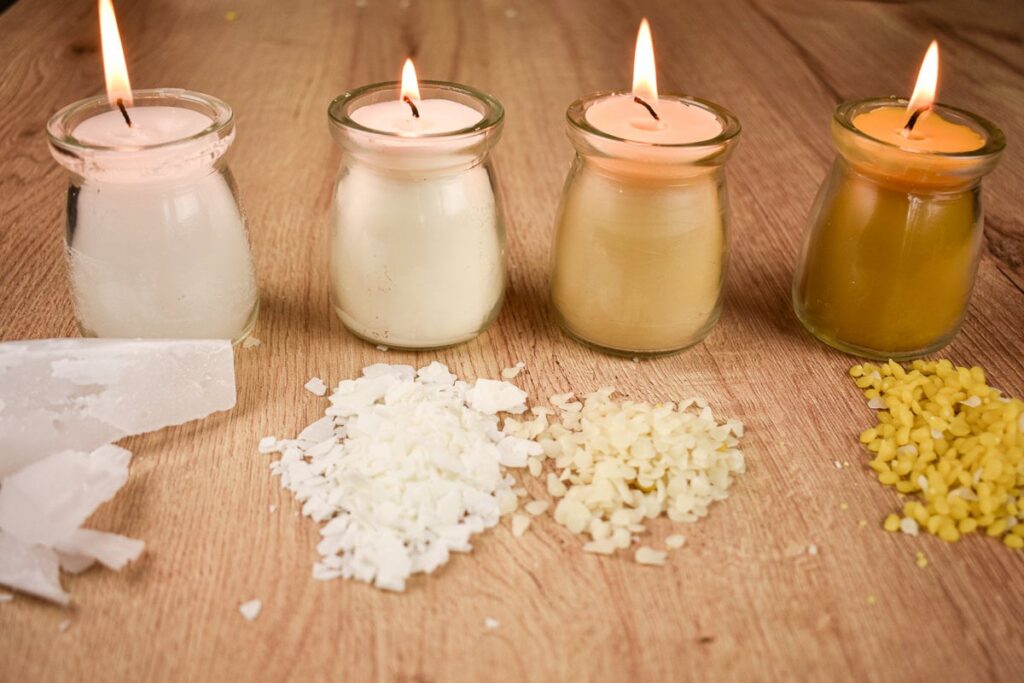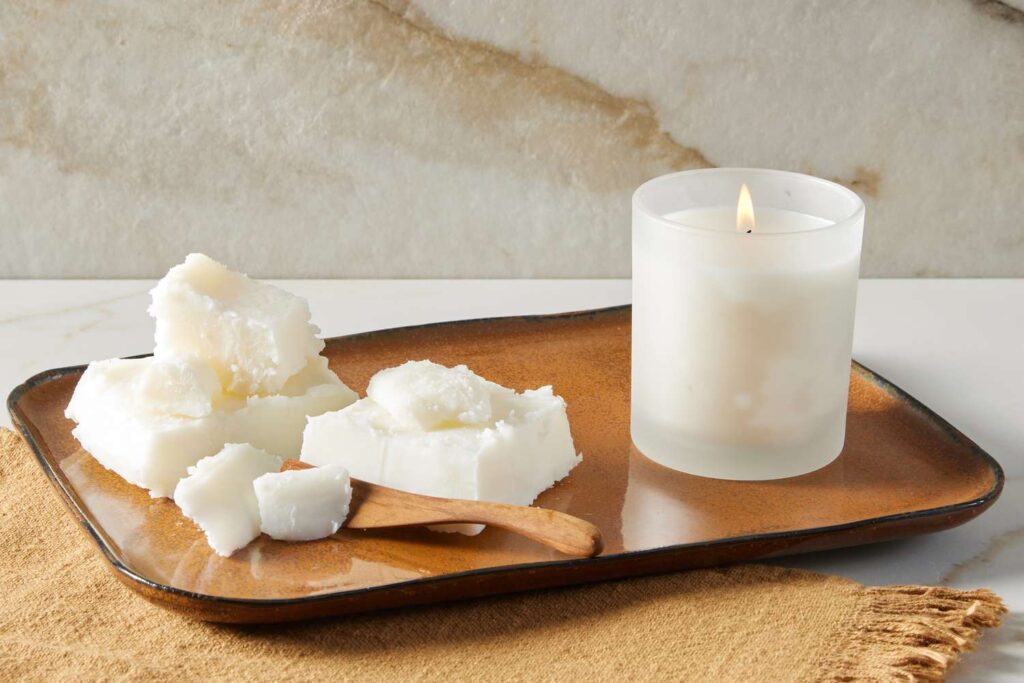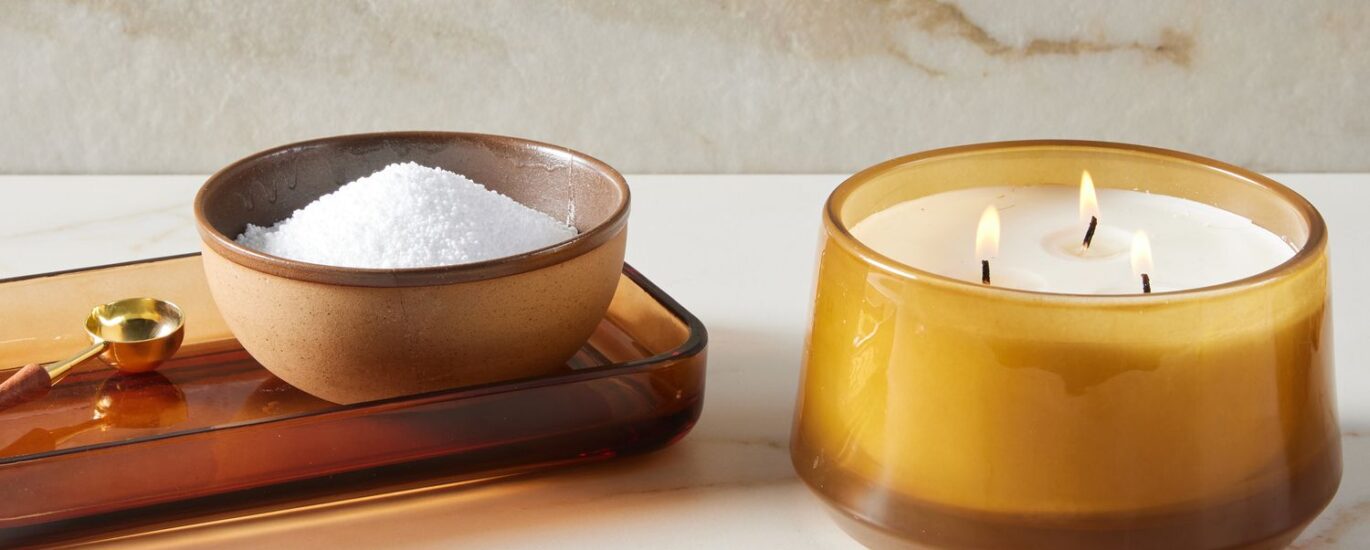How to Choose the Best Candle-Making Wax for Your Needs
Choosing the right candle-making wax is crucial for achieving the perfect candle that meets your specific needs. With so many different types of waxes available, it can be overwhelming to determine which one is best suited for your project. In this article, we will explore the various types of candle wax, factors to consider when choosing wax, the environmental impact of different waxes, and health and safety considerations. By understanding these aspects, you can make an informed decision and create candles that are not only beautiful but also meet your desired criteria.
Understanding Different Types of Candle Wax
When it comes to candle-making, there are several types of wax to choose from, each with its own unique characteristics and benefits. Let’s take a closer look at some of the most popular options:
Choosing the best candle making wax may seem like a daunting task, but by considering the various types of wax, factors that influence your decision, environmental impact, and health and safety considerations, you can find the perfect wax for your needs. Whether you value sustainability, fragrance performance, aesthetic appeal, or health concerns, there is a wax out there that aligns with your preferences. So go ahead, get creative, and enjoy the process of making candles that bring warmth, beauty, and ambiance into your space.
Paraffin Wax for Candle Making
Paraffin wax is one of the most commonly used waxes in candle-making due to its affordability and versatility. It is derived from crude oil and undergoes a refining process to remove impurities. Paraffin wax is known for its excellent scent throw, smooth texture, and ability to retain vibrant colors. However, it is important to note that paraffin wax is not a renewable resource, and its production can have environmental implications.

Soy Wax for Candle Making
Soy wax is made from soybean oil, which is a renewable resource. It is an excellent choice for those who prefer a more environmentally friendly option. Soy wax candles burn cleanly and have a slow and even burn rate. Additionally, soy wax is known for its ability to hold a high fragrance load, resulting in strong and long-lasting scents.
Beeswax for Candle Making
Beeswax is a natural wax produced by bees. It has a lovely honey scent and a beautiful, golden color. Beeswax candles are known for their long burn time and clean-burning properties. They emit a subtle, natural fragrance and produce a warm, inviting glow. Beeswax is a premium wax option, which can be more expensive compared to other types of wax.
Palm Wax for Candle Making
Palm wax is derived from palm oil, which is harvested from the fruit of oil palm trees. It is a sustainable option as long as the palm oil used is certified by organizations such as the Roundtable on Sustainable Palm Oil (RSPO). Palm wax candles have a unique crystalline appearance and provide an interesting visual effect when lit. They also have excellent scent throw and good burn characteristics.
Aside from these popular wax options, there are also other types of wax that cater to specific needs and preferences. For example, gel wax is a transparent and rubbery wax that is often used to create decorative and ornamental candles. It allows for embedding objects such as seashells or flowers, adding a creative touch to the candle design.
Another type of wax gaining popularity in recent years is coconut wax. Made from the hydrogenation of coconut oil, it is a renewable and eco-friendly option. Coconut wax has a creamy texture and excellent scent throw, making it a favorite among candle enthusiasts. It also has a longer burn time compared to other waxes, ensuring that you can enjoy your candle for longer periods.
When choosing the right wax for your candle-making project, it is essential to consider factors such as burn time, scent throw, sustainability, and cost. Each type of wax offers its own unique set of qualities, allowing you to create candles that suit your preferences and values. So, whether you opt for the affordability of paraffin wax, the eco-friendliness of soy wax, the natural beauty of beeswax, or the visual appeal of palm wax, you can be sure to find a wax that meets your needs and helps you create stunning candles. Read more about sustainability at https://umaine.edu/sustainability/what-is-sustainability/
Factors to Consider When Choosing Candle Wax
Now that you have a better understanding of the different types of candle wax, it’s important to consider a few key factors when making your decision:
Your Candle’s Purpose
Before selecting a wax, think about the purpose of your candle. Are you creating decorative candles? Scented candles? Candles for ambiance? Different waxes offer varying performance in terms of scent throw, burn time, and appearance. Understanding your candle’s purpose will help you choose a wax that aligns with your goals.
The Importance of Wax Melting Point
The melting point of a wax is crucial as it determines the temperature at which the wax begins to liquefy. If you live in a hot climate, you may want to choose a wax with a higher melting point to prevent your candles from melting prematurely. On the other hand, if you prefer a softer wax for container candles, a lower melting point wax might be more suitable.
Considering Wax Color and Texture
The color and texture of the wax can greatly impact the final appearance of your candles. Some waxes have a naturally creamy color, while others are highly translucent. Additionally, certain waxes may have a smooth, glossy finish, while others may have a rustic, textured look. Think about the aesthetic you want to achieve and choose a wax that complements your vision.
Another important factor to consider when choosing candle wax is the fragrance load it can hold. Certain waxes have a higher capacity for holding fragrance oils, resulting in stronger scented candles. If you want your candles to fill a room with a delightful aroma, opt for a wax known for its excellent scent throw.
Environmental Impact of Candle Wax
As consumers become more environmentally conscious, the source and sustainability of candle wax have come under scrutiny. Some waxes, such as soy wax and beeswax, are renewable and biodegradable options that appeal to eco-friendly consumers. Choosing a wax with a minimal environmental impact can enhance the appeal of your candles to a wider audience.
The Environmental Impact of Different Waxes
As the world becomes more conscious of environmental issues, it’s essential to consider the sustainability of the materials we use, including candle wax. Here are a few points to keep in mind:
Sustainability of Wax Materials
Some waxes, such as soy wax and beeswax, are derived from renewable resources. Choosing these options can help reduce your environmental footprint. However, it’s important to ensure that the soy wax is sourced from responsible suppliers who prioritize sustainable farming practices.
In addition to soy wax and beeswax, another sustainable option is rapeseed wax. Rapeseed wax is a byproduct of rapeseed oil production, making it a renewable and eco-friendly choice for candle making. By using rapeseed wax, you are supporting the agricultural industry and reducing waste.
Impact of Wax Production on Biodiversity
Palm wax, despite being a renewable resource, has been associated with deforestation and habitat destruction in some regions. It is crucial to choose palm wax that is certified by reputable organizations to ensure its production does not harm fragile ecosystems or contribute to the loss of biodiversity.
Another wax that has gained popularity in recent years is coconut wax. Coconut wax is derived from the meat of coconuts and is a sustainable option due to the abundance of coconut trees. By using coconut wax, you are supporting coconut farmers and promoting agroforestry practices that benefit both the environment and local communities. Click here to find more environment.

Health and Safety Considerations for Candle Wax
While candle-making is a wonderful and creative hobby, it’s important to prioritize health and safety. Here are a few considerations:
Toxicity Levels in Different Waxes
Some waxes, particularly those made from petroleum-based sources like paraffin wax, can release potentially harmful chemicals when burned. If you have sensitivities or respiratory issues, you may want to opt for natural waxes like soy or beeswax, which have lower toxicity levels.
Allergenic Potential of Various Waxes
If you or someone in your household has allergies, it’s essential to be mindful of the potential allergenic properties of certain waxes. Beeswax, for example, is considered hypoallergenic and a good choice for individuals with sensitivities.
When it comes to selecting the right wax for your candle-making endeavors, it’s crucial to delve deeper into the world of natural waxes. Soy wax, derived from soybean oil, is not only eco-friendly but also burns cleaner and longer than paraffin wax. Its renewable source makes it a popular choice among environmentally-conscious crafters.
Another alternative worth exploring is palm wax, known for its beautiful crystalline finish and excellent scent throw. Sourced from palm oil, this wax is biodegradable and provides a unique aesthetic appeal to your candles. However, it’s essential to ensure that the palm oil used is sustainably and ethically sourced to support responsible environmental practices.
Other resources: Buying Bulk Candle Wax in Australia What You Need to Know

